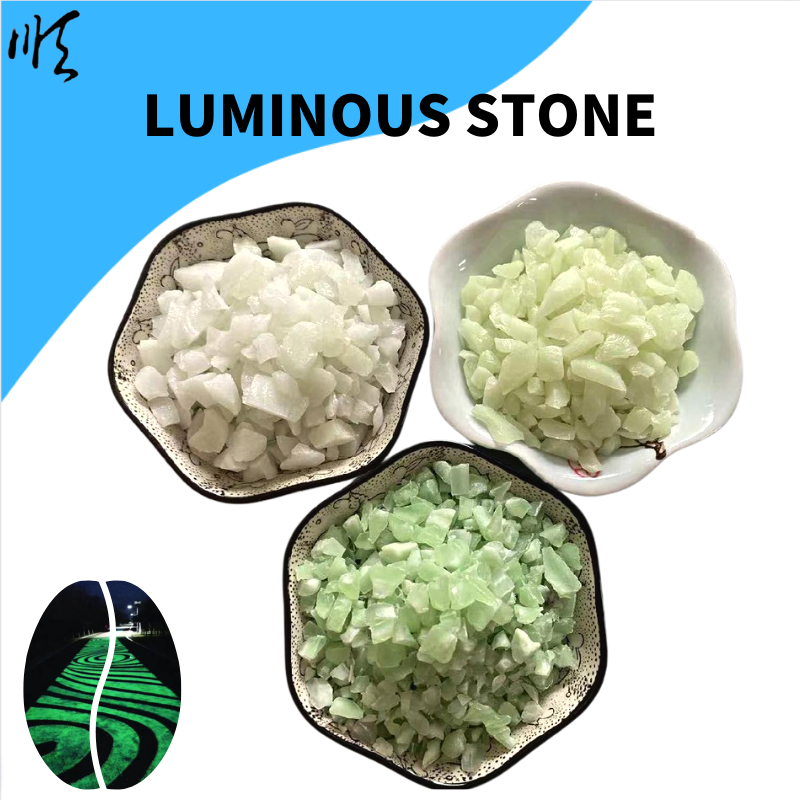
Comprehensive Guide to Minerals and Their Uses
Understanding Minerals Their Composition and Uses
Minerals are naturally occurring inorganic substances with a definite chemical composition and distinct physical properties. They are the building blocks of the Earth and are found in various forms, from metals to non-metals, each serving unique purposes in everyday life.
Composition of Minerals
Minerals are primarily composed of elements, which are the simplest substances that cannot be broken down into simpler substances. The most common minerals found on Earth include quartz (SiO₂), feldspar, mica, and calcite (CaCO₃). Each mineral is characterized by its crystal structure, hardness, luster, color, and specific gravity. For example, quartz is known for its hardness and glassy luster, while calcite is easily identified by its effervescence in the presence of acid.
The classification of minerals is often based on their chemical composition. Silicate minerals, which contain silicon and oxygen, form the largest group and include minerals like olivine and pyroxene. On the other hand, non-silicate minerals, such as carbonates, oxides, and sulfides, exhibit a wide range of chemical compositions and physical properties. Each type of mineral provides valuable resources that are indispensable in various industries.
Uses of Minerals
mineral and uses

Minerals play a crucial role in modern society, being essential in multiple applications across different sectors. The construction industry heavily relies on materials like limestone and granite for building and infrastructure development. Limestone, primarily composed of calcite, is also a key ingredient in cement production, which is fundamental for creating concrete structures.
In the field of technology, minerals such as copper, aluminum, and rare earth elements are vital for manufacturing electronic devices, batteries, and renewable energy systems. Copper is particularly prized for its excellent conductivity, making it an essential component in wiring and electrical circuits.
Additionally, minerals are fundamental in agriculture, where phosphorus, potassium, and nitrogen, known as primary nutrients, are integral in fertilizers that enhance crop yields. The effective use of these mineral-based fertilizers has revolutionized farming practices, allowing for increased food production to meet the demands of a growing population.
Furthermore, minerals are utilized in the beauty and health industries. For instance, talc is commonly used in powders, while minerals like zinc and titanium dioxide serve as active ingredients in sunscreens due to their UV-blocking properties. The cosmetic industry leverages a variety of minerals to enhance and ensure the quality of products.
Conclusion
Minerals are invaluable resources that are woven into the fabric of our daily lives. Their unique compositions grant them diverse applications, from construction and technology to agriculture and cosmetics. As the global demand for these resources continues to rise, the sustainable extraction and management of mineral resources will become increasingly important. Understanding the composition and uses of minerals can promote responsible consumption and inspire innovative solutions to tackle environmental challenges while ensuring that we meet the needs of future generations.
Share
-
Premium Pigment Supplier Custom Solutions & Bulk OrdersNewsMay.30,2025
-
Top China Slag Fly Ash Manufacturer OEM Factory SolutionsNewsMay.30,2025
-
Natural Lava Rock & Pumice for Landscaping Durable Volcanic SolutionsNewsMay.30,2025
-
Custom Micro Silica Fume Powder Manufacturers High-Purity SolutionsNewsMay.29,2025
-
Custom Mica Powder Pigment Manufacturers Vibrant Colors & Bulk OrdersNewsMay.29,2025
-
Custom Micro Silica Fume Powder Manufacturers Premium QualityNewsMay.29,2025






